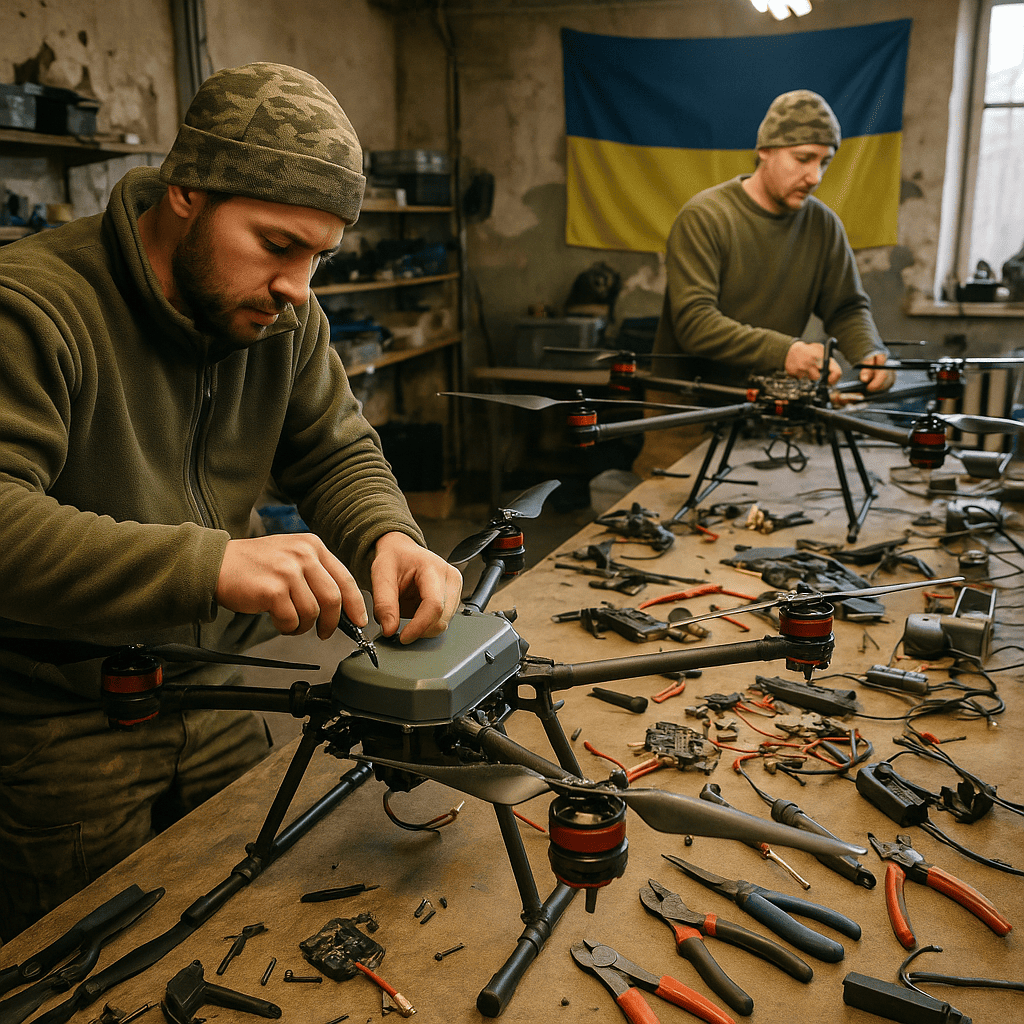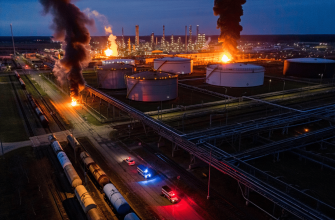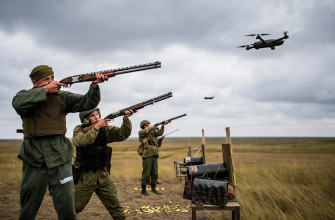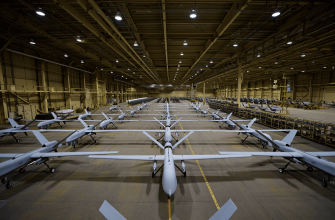
Statistics on the use of UAVs and missiles against targets deep inside Russia and Ukraine have appeared in the media. There is no shortage of predictions on both sides. In May, individual raids were carried out using more than 300 munitions simultaneously (subsequently, the average daily statistics decreased significantly). If we take into account the rate of use and production of Geran-2—from 2,500 per month in January to more than 5,000 in June—and the virtually unchanged average figures for the use of all types of missiles, then the main question is no longer about quantity.
Since a very significant number of Ukrainian UAVs reach their targets, as we regularly read in the media, we can state that the situation remains unchanged: there is no unified control over the airspace, and no air defense system adequate to the threat has been created.
Even the bombing of individual key facilities (such as oil refineries) by drones that have broken through could cause damage disproportionate to the cost of a systemic solution to the problem. There are signs that such a solution depends heavily on the speed of the entire Russian Federation’s administrative apparatus. It does not meet the requirements of wartime, but the apparatus is unlikely to be restructured. The damage is more likely to increase and could reach enormous sums.
At the same time, massive strikes by the Russian Armed Forces on targets in Ukraine are theoretically capable of destroying any military production. There are no restrictions on range and accuracy. But does the command know where these Ukrainian military-industrial complex facilities are located? The ability to bomb and write in the report “all targets hit” is an art mastered in its subtleties. But new weapons are coming into the Armed Forces of Ukraine. They are produced in real production facilities.
The decline in average daily bombing figures deep inside Russian territory over the last month can be interpreted as a depletion of stocks due to the destruction of production facilities — the Russian Armed Forces’ strikes in recent months have become not just massive, but are clearly taking on the characteristics of a deliberate long-term campaign.
By the end of autumn, we will understand from the statistics on strikes whether the Armed Forces of Ukraine are stockpiling drones for the future or whether their production facilities have been bombed.









It’s interesting to see how the article highlights the complex interplay between technology, strategy, and the limitations of administrative systems in modern warfare. The debate isn’t just about the sheer number of drones or missiles used, but how effectively resources are managed and how vulnerable infrastructures can become choke points that shift the tides of conflict. It reminds me that behind every statistic and strike, there are human decisions and structures that either adapt or falter under pressure. The uncertainty about the future stockpiles and production is a powerful reminder that conflict is as much about the unseen logistics and planning as it is about visible battles.⚖️🤔
It’s surprising that after all this time, there still seems to be no effective air defense system in place to counter these drone attacks. If drones can cause disproportionate damage to critical infrastructure with such ease, isn’t it time to question the competence of those responsible for the country’s defense strategy? Meanwhile, the claim that strikes on Ukrainian military production are vague and lack precise intelligence raises serious concerns about the actual effectiveness and planning behind these operations. It feels like both sides are caught in a cycle of damage and repair without any meaningful progress. Watching this play out, one has to wonder if there’s a real plan beyond just throwing more weapons and strikes at the problem.
This article highlights the complex dynamics of modern warfare where sheer numbers aren’t the only factor—it’s really about control, intelligence, and production capacity. It’s striking how damage to a few key facilities can have outsized effects, and it underscores how important accurate info and long-term strategy are in conflicts involving advanced technology like drones and missiles. The discussion also shows how vulnerability isn’t just on the frontline but deep behind enemy lines, which adds another layer to understanding the challenges faced by both sides 🛡️📊.
It’s fascinating how the article breaks down the missile and drone game like a corporate supply chain report—who knew warfare was just a matter of production rates and inventory checks? Sounds like both sides are stuck in a deadly version of warehouse management, where the only KPI that matters is how many things explode and where. If only administrative slowdowns could be fixed as easily as updating inventory software. Meanwhile, watching this strategic chess match from the sidelines feels like waiting for the season finale of a show nobody really wants to binge but can’t look away from. 🤔
It’s hard to ignore how much this article highlights the ongoing failure to secure airspace and protect critical infrastructure despite the scale of strikes and counterstrikes. The numbers alone suggest a drawn-out conflict where neither side has clear control, and the real question is how long can this back-and-forth continue before one side faces a crippling shortage. It also makes you wonder if the focus on quantity is distracting from the bigger issue: intelligence and strategic targeting. Without knowing exactly where to hit, all the firepower in the world won’t change the outcome.
This article presents a chillingly clinical analysis of a deeply human tragedy. The focus on statistics and production rates obscures the profound philosophical shift warfare is undergoing. We are witnessing the democratization of violence, where the cost-benefit analysis of a drone strike replaces the grand strategies of empires. The central question is no longer about military might, but about which society’s bureaucratic and industrial spine will fracture first under this new, relentless pressure. It is a grim race between adaptation and collapse, measured not in miles gained but in refinery output and monthly production quotas. The true target seems to be the will of the administrative state itself.
As a guy watching this circus, statistics replace responsibility: mountains of munitions, zero air control, officials polishing reports while refineries burn. Keep counting bullets, not solving problems 🤦♂️
As a man, I find this a worrying, clear analysis of gaps in air defense and slow administration. If production sites are hit, the balance could shift. Autumn statistics should show whether stocks or factories determine future waves.
Ah yes, boundless confidence in bureaucracy solving urgent drone problems 🌱💨🤦♂️
The evolving dynamics between drone attacks and missile strikes reveal the true complexity of modern warfare where technology meets strategy. It’s a powerful reminder that innovation and adaptability can reshape conflicts, highlighting the urgent need for smarter, more unified defense systems 🚀
If drone wars were a video game, someone definitely forgot to hit the save button on air defense 😂🎮 Meanwhile, those Geran-2 numbers look like they’re trying to break world records—Olympics of missiles, anyone? 🥇 Let’s just hope the admin gets a speed boost soon!
The interplay of drone effectiveness and missile stockpiling highlights a critical gap in air defense systems 🚀 Without unified control, damage will escalate disproportionately ⚠️ Continuous intel updates are vital.